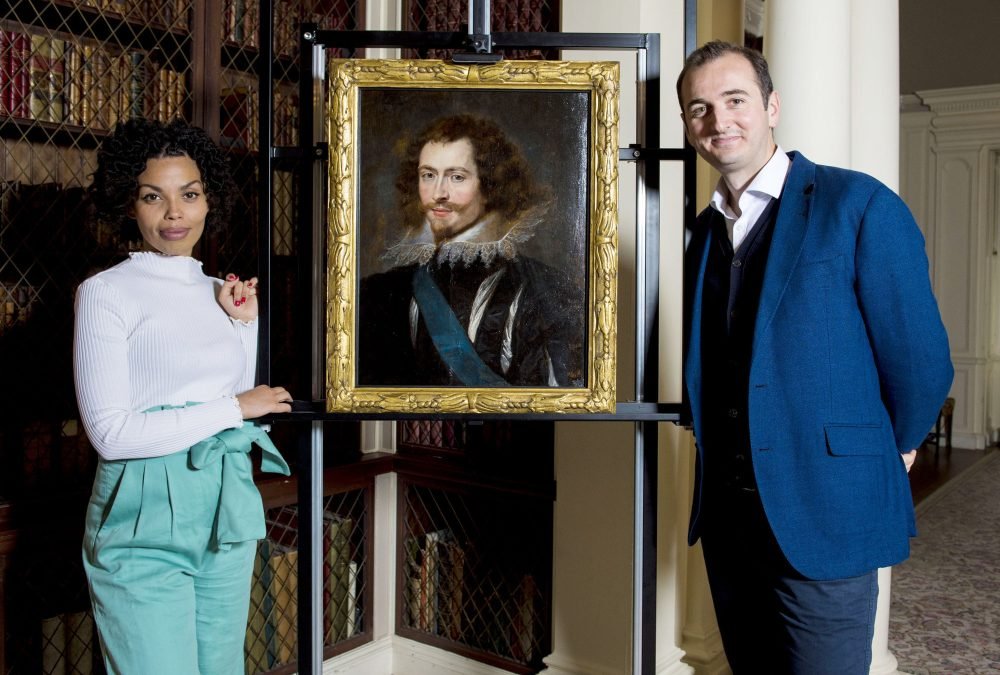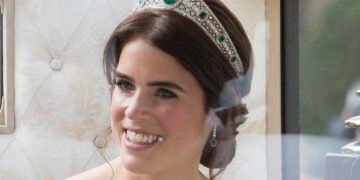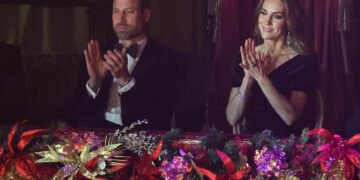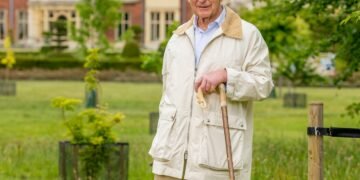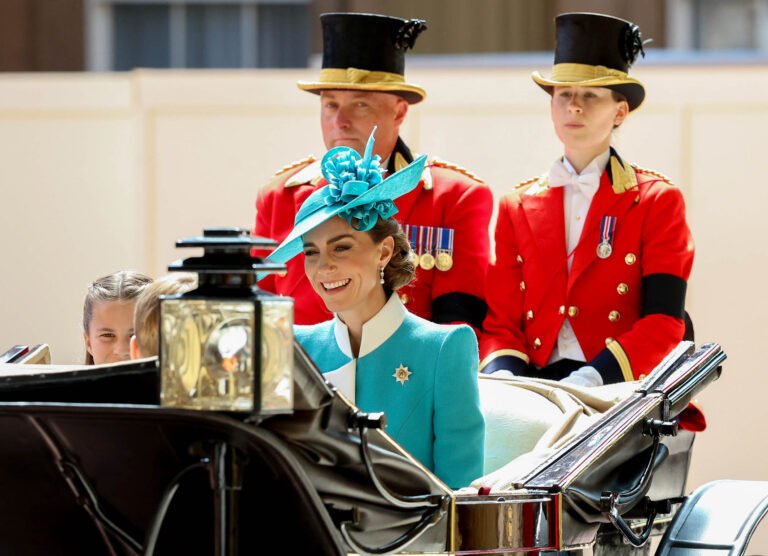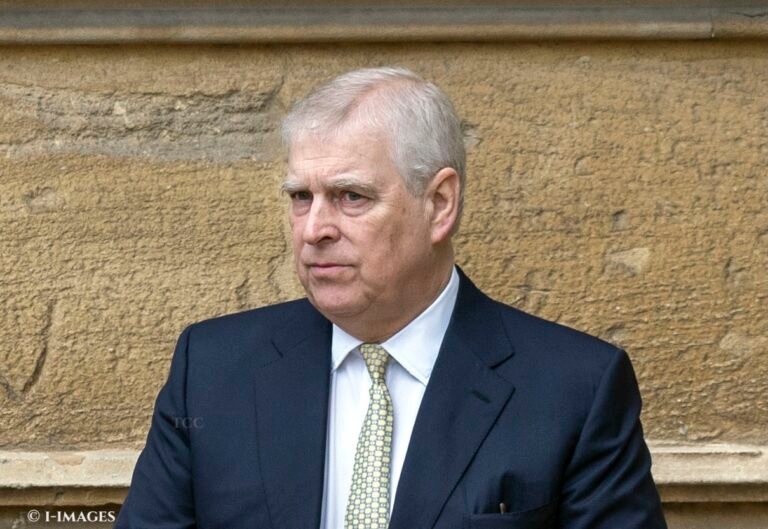A ‘lost’ portrait of James I’s favourite and lover, George Villiers, Duke of Buckingham, has been rediscovered after 400 years through a BBC Four art show.
The portrait, depicting Buckingham in a doublet with an elaborate lace collar and a sash, was on public display at Pollok House, in Glasgow, and was being featured in BBC Four’s ‘Britain’s Lost Masterpieces’ art show.
Presenter and art expert Dr Bendor Grosvenor identified the piece through its centuries of dirt and some overpainting as the show filmed for its new series; it was these features which led experts to believe it was simply a copy of Flemish artist, Rubens’ original.

Conservator Simon Gillespie worked on restoring the painting for the show. It was authenticated as a legitimate Rubens artwork by Ben van Beneden, director of the Rubenshuis in Antwerp. He said it was a ‘rare addition to Rubens’ portrait oeuvre, showing how he approached the genre’, and dates to around 1625 – towards the end of George’s life and his central role in royal life.
Rubens is considered one of history’s most influential painters and a pioneer of the Flemish Baroque tradition, whose work is now worth millions. The painter is responsible for the intricate ceiling of Banqueting House in Whitehall, the only remaining part of the Palace of Whitehall, which burnt down in the late 17th century.

Dr Grosvenor said: ‘The chance to discover a portrait of such a pivotal figure in British history by one of the greatest artists who ever lived has been thrillingly exciting.’
Grosvenor saw the painting while visiting Pollok, a mid-18th century Scottish National Trust property, with his wife and daughter. The self-confessed Rubens-geek said: ‘There was this painting further up by the fireplace and it sounds rather silly to say it, but it was a bit of a eureka moment and I thought: “My god, that looks like a Rubens.” This picture just seemed to shine out.’
The expert returned to the house the next day with a pair of binoculars, and then with a ladder. ‘It wasn’t until we peeled it all back that we could be really sure. It’s one thing for an optimist like me to have a hunch, but quite another to prove it,’ Grosvenor said.
Villiers was one of a number of James VI & I’s favourites at court, but he was the first to be rewarded with political office: the King created George a Knight (sir) to be Gentleman of the Bedchamber in 1615, and he reached the rank of Duke in 1623, when James created him Duke of Buckingham. The favourite was the most senior non-royal duke in the country, and had also been installed as a Knight of the Garter, which is a personal gift from the Monarch.
It has long been debated as to whether James and George were lovers, but the Monarch was clear in his adoration of Villiers. He once told Parliament, “Christ had John, and I have George,” when they bemoaned his influence, even regularly referring to George as his husband.
Furthermore, restoration work of Apethorpe Palace (a Northamptonshire residence frequented by James) some 10 years ago revealed a secret passage linking their bedchambers.


Villiers was also close to Charles I, James’ son, and – quite unusually – managed to survive as a royal favourite event after James’ death in 1625. His influence upon Charles is part of the reason the second Stuart King suffered a bad reputation; as the public grew to hate him, Buckingham was stabbed to death in Portsmouth in 1628. You can read about George Villiers’ influence on Charles I here.
Scientific analysis of the wood the image was painted on dates it to the 1620s, and found it had been prepared in a way that matched Rubens’ studio’s methods. Additional cleaning and x-rays of the subject’s hair showed it was not a copy.
Ironically, the Duke himself was a patron of the arts, being a prolific collector of Italian Old Masters, and commissioning many portraits of himself and his family by the greatest artists of the day.
The portrait of The Duke of Buckingham will go on display at Kelvingrove Art Gallery and Museum in Glasgow on Thursday. You can watch the painting’s story in ‘Britain’s Lost Masterpieces’ at 9pm on 27th September, BBC Four.

